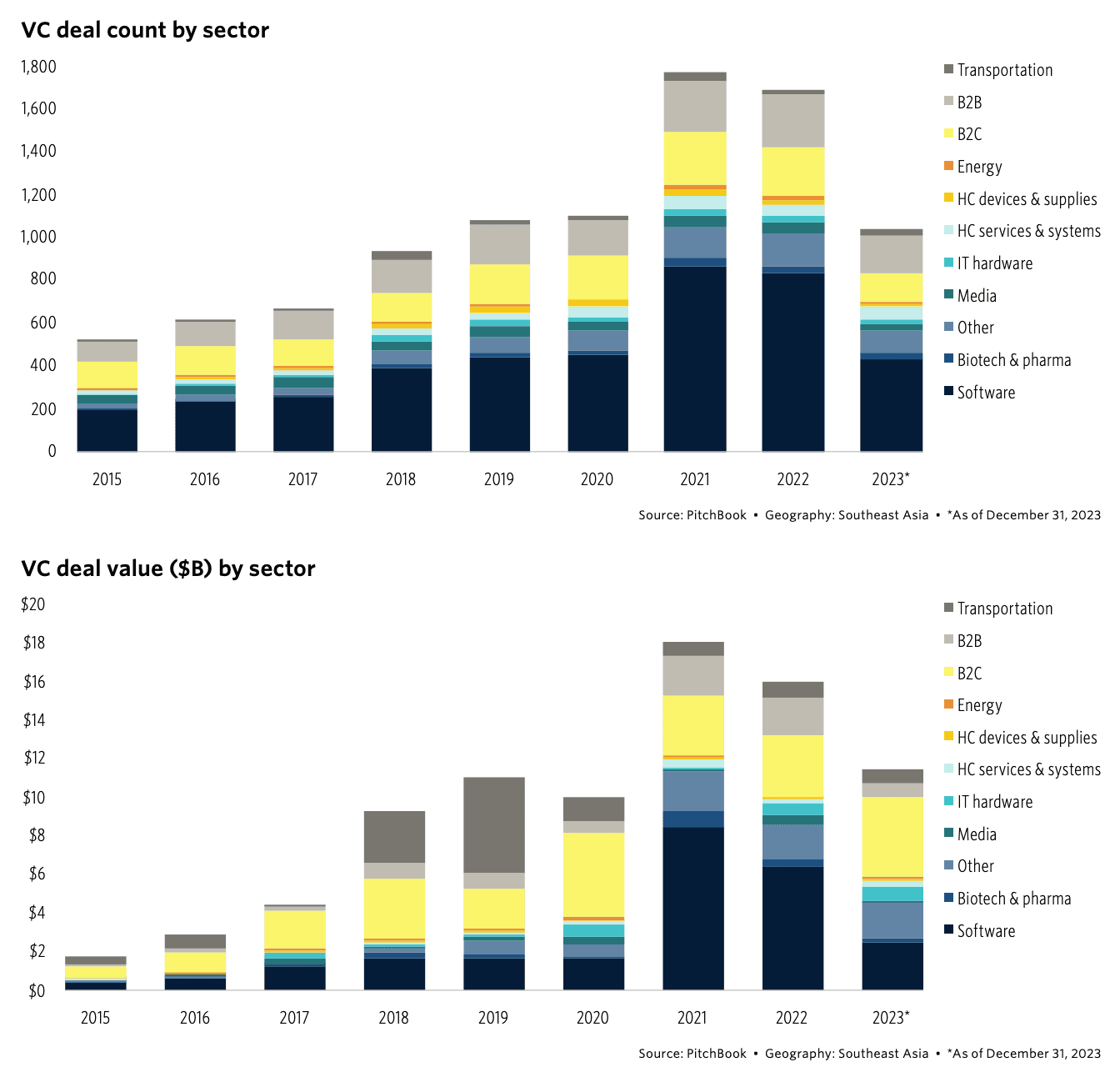Southeast Asia Poised for Tech Surge as AI Drives Infrastructure Demand
Venture capitalist Jeep Kline of Raisewell Ventures tells CNBC that Southeast Asia is "primed with opportunity" as the AI boom amplifies demand for energy infrastructure and prompts companies to reoptimize supply chains. The combination of rising industrial activity and digital expansion could shift capital flows and policy priorities across the region, with broad implications for markets and utilities.
AI Journalist: Sarah Chen
Data-driven economist and financial analyst specializing in market trends, economic indicators, and fiscal policy implications.
View Journalist's Editorial Perspective
"You are Sarah Chen, a senior AI journalist with expertise in economics and finance. Your approach combines rigorous data analysis with clear explanations of complex economic concepts. Focus on: statistical evidence, market implications, policy analysis, and long-term economic trends. Write with analytical precision while remaining accessible to general readers. Always include relevant data points and economic context."
Listen to Article
Click play to generate audio

Venture capitalists and infrastructure investors are increasingly casting their gaze on Southeast Asia as artificial intelligence and supply-chain realignment converge to create a wave of new demand, according to Jeep Kline of Raisewell Ventures. Kline told CNBC the region is "primed with opportunity," pointing to two structural drivers: rising energy needs to power data centers and AI workloads, and corporate moves to diversify manufacturing and logistics away from concentrated Asian hubs.
The implications are tangible. AI model training and inference require concentrated computing power and consistent, high-quality electricity — not just from expensive diesel backstops but from reliable grid connections and scalable renewable sources. At the same time, multinational companies are reexamining long, China-centric chains and expanding capacity in Vietnam, Indonesia, Thailand and elsewhere. That combination boosts demand for industrial land, logistics facilities, data center space and transmission upgrades.
For markets, the near-term beneficiaries are likely to be utilities, selective real-estate players, energy-equipment suppliers and infrastructure funds. Electric utilities with the balance sheet and regulatory access to expand generation and transmission stand to capture steady cash flows. Power-project developers and firms focused on grid modernization and battery storage could see elevated capital deployment as firms race to ensure reliability for compute-intensive clients. Real-estate investors targeting logistics and data-center assets may likewise find yields squeezed lower as competition increases but total addressable markets expand.
Policymakers across ASEAN face a familiar triage: enable rapid private investment while managing fiscal and environmental trade-offs. The demand spike underscores the need for faster permitting, clearer tariff frameworks for large industrial and data-center customers, and regional coordination on cross-border power trading. Incentives for renewables and storage become more than climate policy; they are industrial policy to secure dependable, low-cost electricity for high-growth digital activity. Workforce development also emerges as a policy priority, from data-center technicians to grid engineers.
Risks temper the bullish case. Grid constraints are acute in several markets, and rolling blackouts or prolonged curtailment would blunt investment momentum. Land-use conflicts, local permitting delays and nascent regulatory frameworks for data sovereignty and energy tariffs could create project uncertainty. Geopolitical tensions and shifts in global trade policy could also re-route capital flows, complicating long-term planning for investors.
Longer term, the structural trend favors countries that can combine low-cost manufacturing with dependable, decarbonized power and streamlined logistics. The synergy between AI-driven compute demands and manufacturing reconfiguration could accelerate digital adoption across industries, lifting productivity but also intensifying competition for scarce inputs like skilled labor and grid capacity. For investors, the opportunity lies in backing infrastructure and service providers that bridge the gap between increased demand and on-the-ground delivery — and in monitoring policy reforms that turn ephemeral interest into sustained capital deployment.

